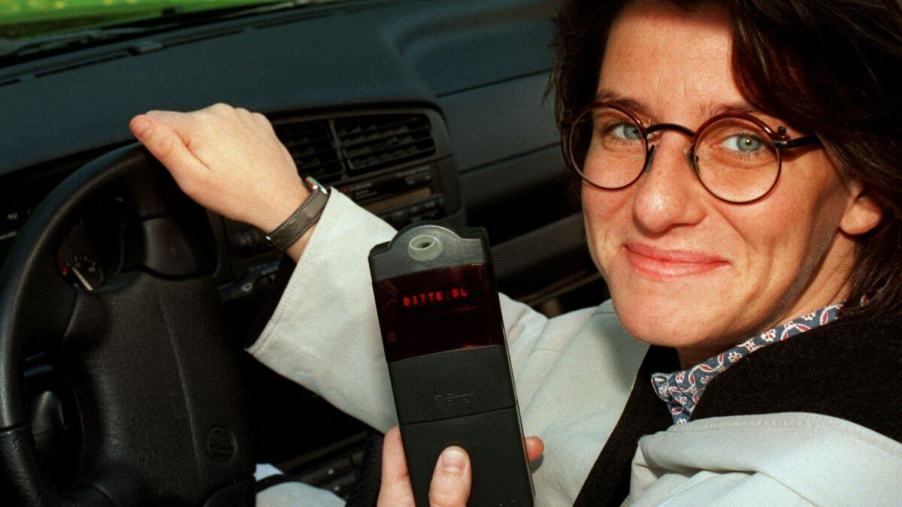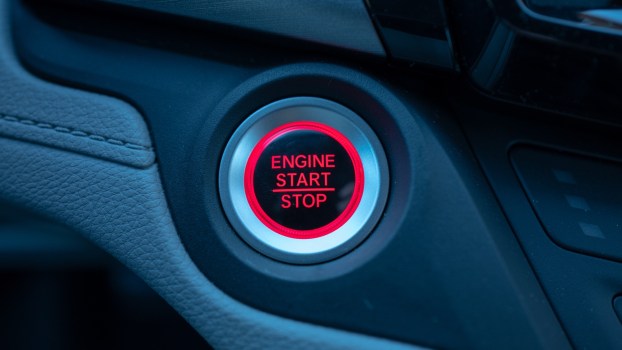
The 3 Components of a Car Immobilizer System
An immobilizer is a common car safety and security device found in most new cars. Although they’re not mandatory in the U.S., research from the IIHS indicates that 96% of all new vehicles sold in the States are equipped with this technology.
Immobilizers have been in the news more than usual lately. A class-action lawsuit that ended in a $200 million settlement from Kia and Hyundai was primarily about immobilizers. A strangely high percentage of late-model Hyundai and Kia cars are not equipped with this simple security system. Due to this defect, thefts went through the roof in some regions of the country, such as Milwaukee, Wisconsin.
This recent wave of thefts speaks to the importance of car immobilizers. Let’s look at how a car immobilizer works and the three components that make it reduce the risk of theft.
How does a car immobilizer system work?
A car immobilizer is a simple but effective piece of technology. It significantly reduces the risk of car theft by giving a digital signature to the key. According to Make Use Of, if an immobilizer system doesn’t detect the key that matches the car, then the car doesn’t start, even if the ignition cylinder turns over.
Almost all cars with push-button start have an engine immobilizer. Even vehicles with traditional metal keys can have transmitters embedded in them to provide the security of an immobilizer. If your car doesn’t have an engine immobilizer system, aftermarket systems are available and reasonably affordable.
1. Transmitter
In a car immobilizer system, the key acts as the transmitter. A chip in your key or key fob sends an electronic signal to the control module in your car’s ignition system. In order to start your immobilizer-equipped vehicle, you need to have the transmitter in the car.
2. Transponder
The transponder is the component that receives the signal from the transmitter. This is the vanguard of your car’s ignition system. If it detects the proper signal — effectively, a password to start your car — then it allows for regular operation. If the transponder does not detect the correct signal from the transmitter, that’s where the next component comes in.
3. Theft-deterrent system
The theft-deterrent system prevents the car from starting if the right transmitter is absent. If someone tries to start the vehicle without the correct transmitter, it can deactivate the ignition system circuit and fuel pump relay.
Depending on the car, the theft-deterrent system in an engine immobilizer can also set off the car’s alarm or alert a third party that someone is trying to start the vehicle without the correct key.
Other security measures
Whether your car has an immobilizer or not, you can take additional measures to secure your vehicle. An old-fashioned security device is a steering wheel lock. While effective, it’s inconvenient since it needs to be manually installed and uninstalled every time you get in and out of your car.
Another option is a post-theft tracking system. This is a good idea if you don’t have a car immobilizer system. One of the most popular is LoJack, the only stolen vehicle recovery system integrated with law enforcement. If your car has a tracking system, it’s much easier for the police to track down if it’s stolen.



